Poster advertising a “living chess” tournament in Kraków, Poland, “Styl” graphic facility, 1930s? [via Biblioteka Cyfrowa UMCS].
![Poster advertising a “living chess” tournament in Kraków, Poland, “Styl” graphic facility, 1930s? [via Biblioteka Cyfrowa UMCS].](https://64.media.tumblr.com/ca0d29da584f6933dd2330da7503188a/tumblr_ndlj552B4B1tzeqovo1_1280.jpg)
![Poster advertising a “living chess” tournament in Kraków, Poland, “Styl” graphic facility, 1930s? [via Biblioteka Cyfrowa UMCS].](https://64.media.tumblr.com/ca0d29da584f6933dd2330da7503188a/tumblr_ndlj552B4B1tzeqovo1_1280.jpg)
Poster advertising a “living chess” tournament in Kraków, Poland, “Styl” graphic facility, 1930s? [via Biblioteka Cyfrowa UMCS].
![Window of a historical cottage decorated for the Corpus Christi celebrations in the skansen (folk museum) of the Radom region, Poland [source].](https://64.media.tumblr.com/c5915db731dc43de48bd3d94794d07bb/tumblr_ndhz1yDVft1tzeqovo1_r1_1280.jpg)
Window of a historical cottage decorated for the Corpus Christi celebrations in the skansen (folk museum) of the Radom region, Poland [source].
![Window of a historical cottage decorated for the Corpus Christi celebrations in the skansen (folk museum) of the Radom region, Poland [source].](https://64.media.tumblr.com/10d016d6037e81a5a6a63e741fb64462/tumblr_ndi3reAYUp1tzeqovo1_r1_1280.jpg)
Window of a historical cottage decorated for the Corpus Christi celebrations in the skansen (folk museum) of the Radom region, Poland [source].
![Window of a historical cottage decorated for the Corpus Christi celebrations in the skansen (folk museum) of the Radom region, Poland [source].](https://64.media.tumblr.com/3540c36aa0846464e6a0738d38e5b806/tumblr_ndi3q91fM61tzeqovo1_r1_1280.jpg)
Window of a historical cottage decorated for the Corpus Christi celebrations in the skansen (folk museum) of the Radom region, Poland [source].
![Corpus Christi celebrations in the skansen (folk museum) of the Radom region, Poland [source].](https://64.media.tumblr.com/48886cac8355a8904ea4571eb2471f23/tumblr_ndi3lwIDnY1tzeqovo1_1280.jpg)
Corpus Christi celebrations in the skansen (folk museum) of the Radom region, Poland [source].



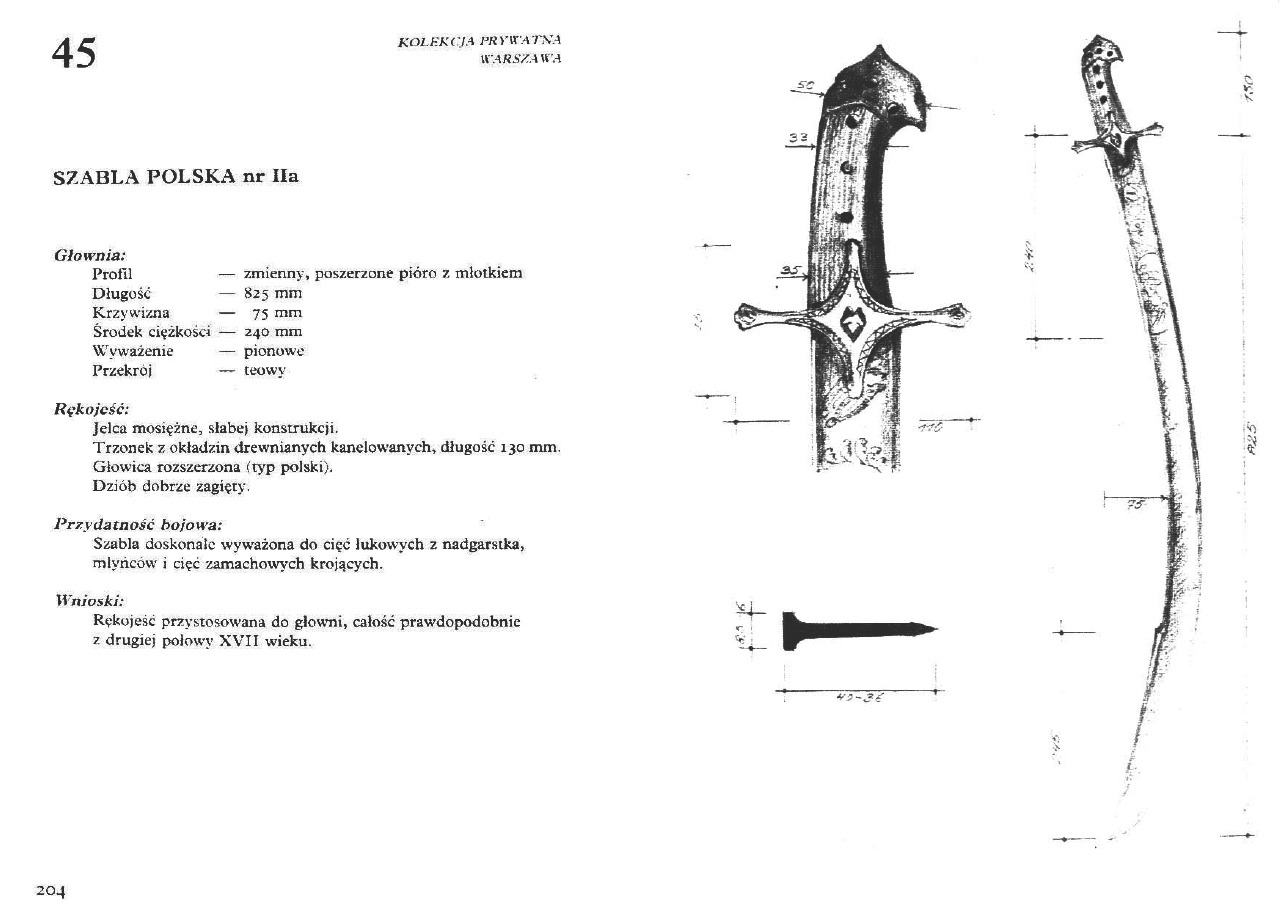

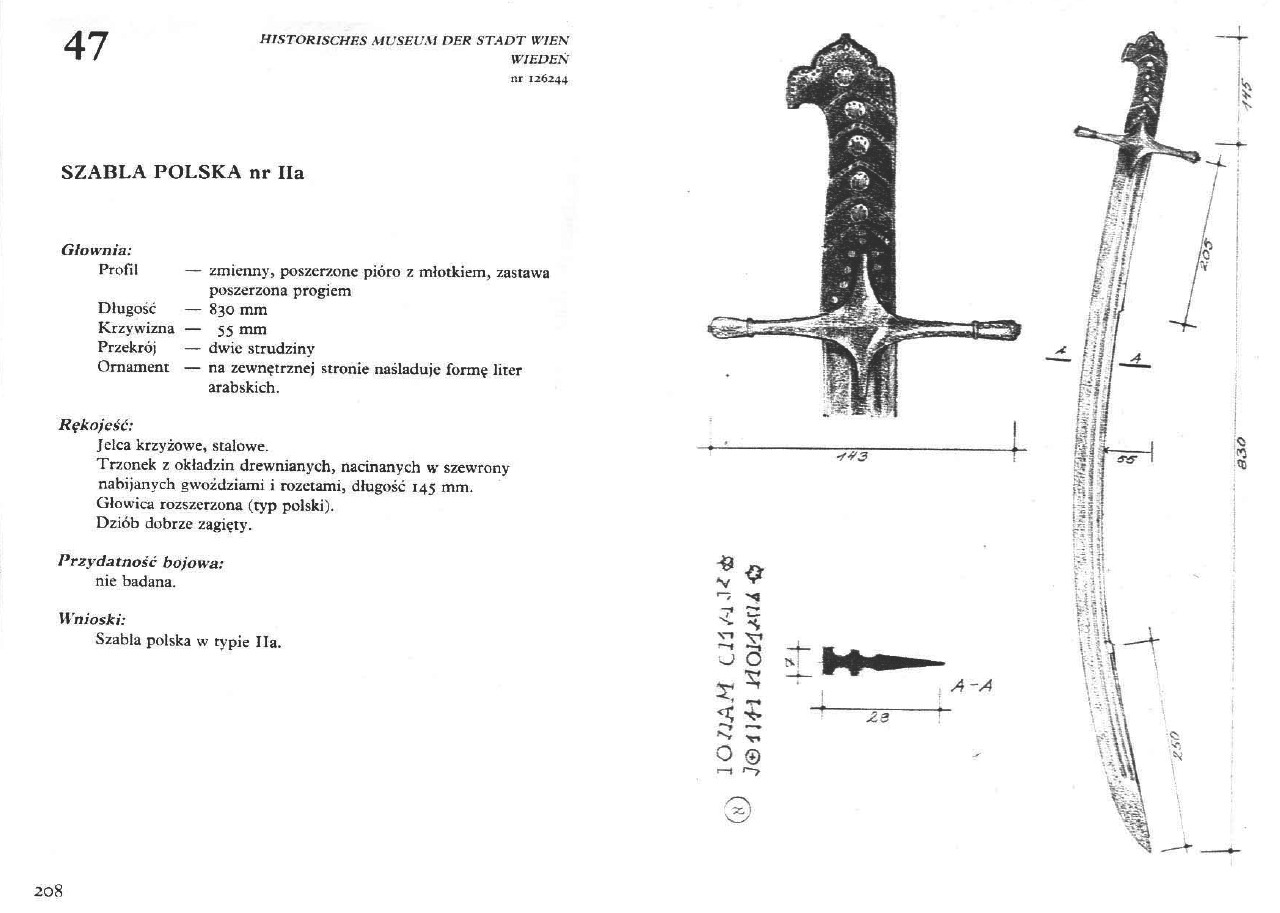
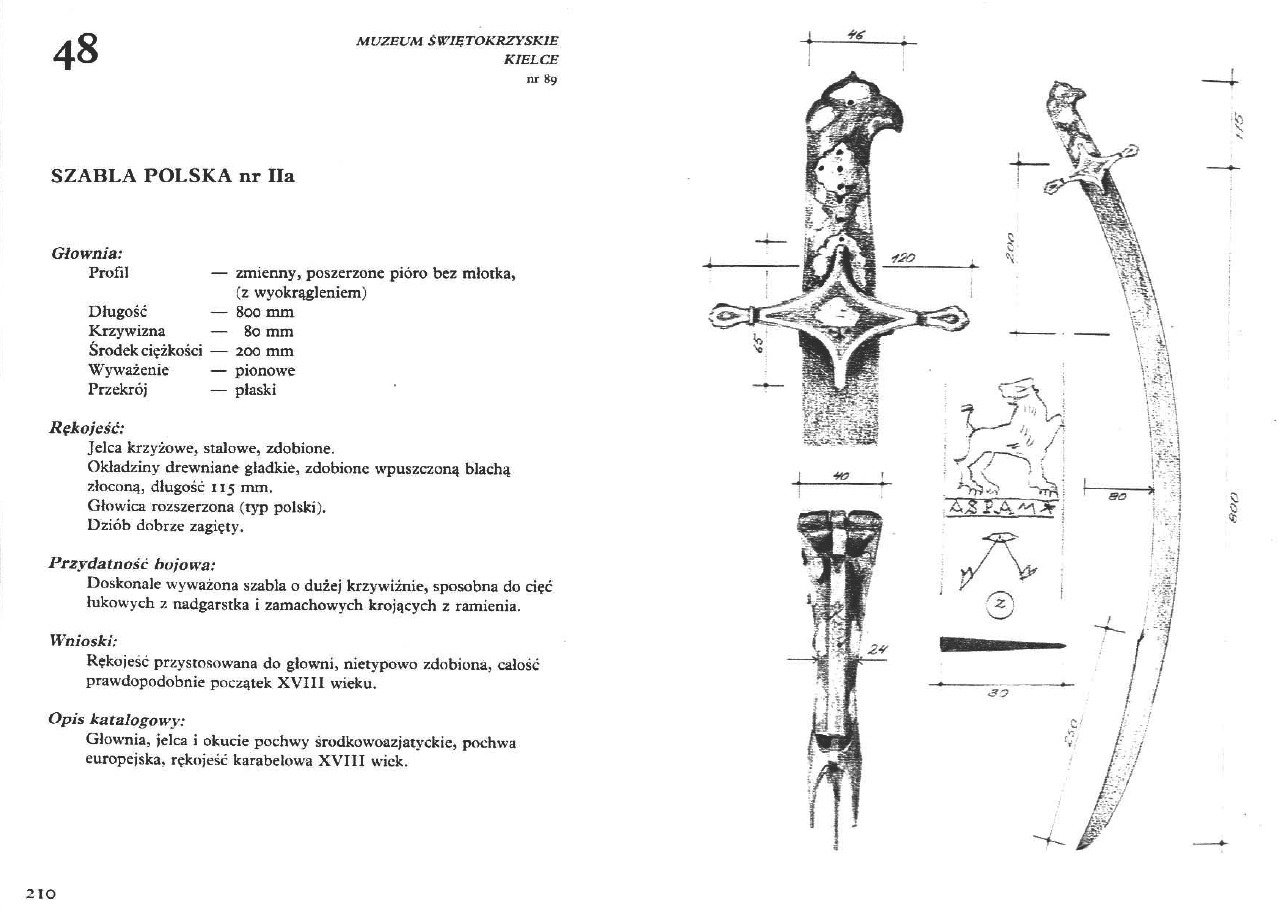
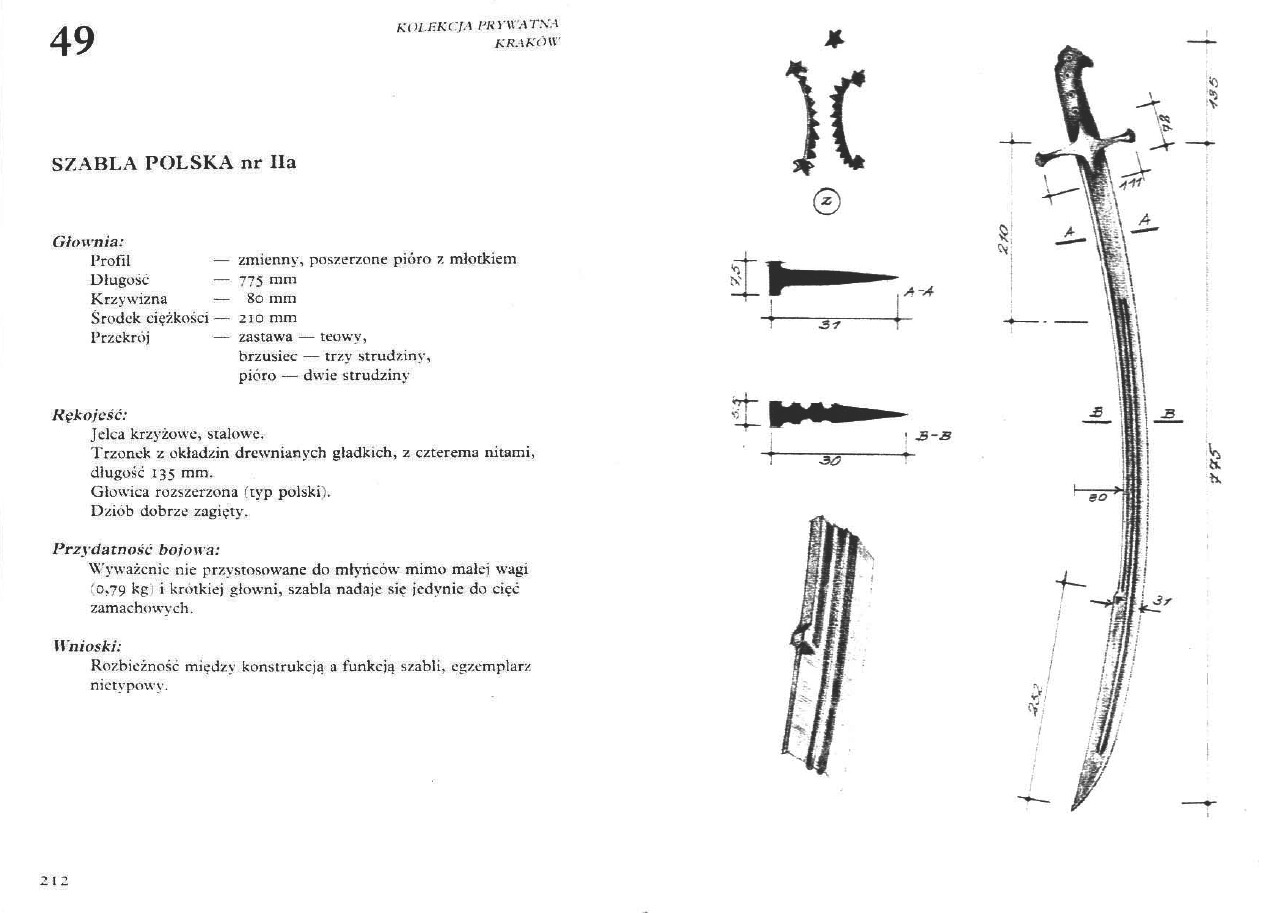


Types of Polish war sabres (szable, singular: szabla) from the 16th to the 18th centuries. Source: Wojciech Zabłocki “Cięcia prawdziwą szablą”, 1989. Part 5/7 - types IIa and IIb.


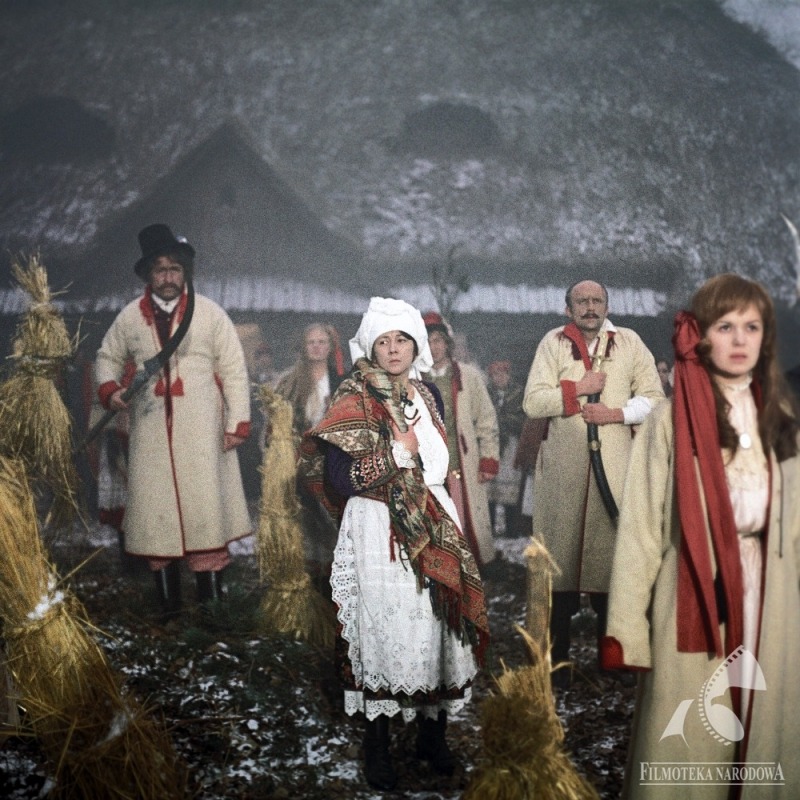
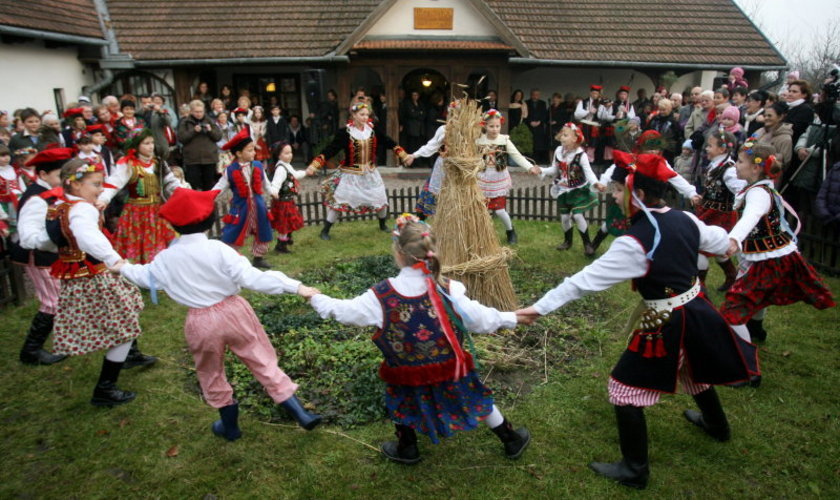
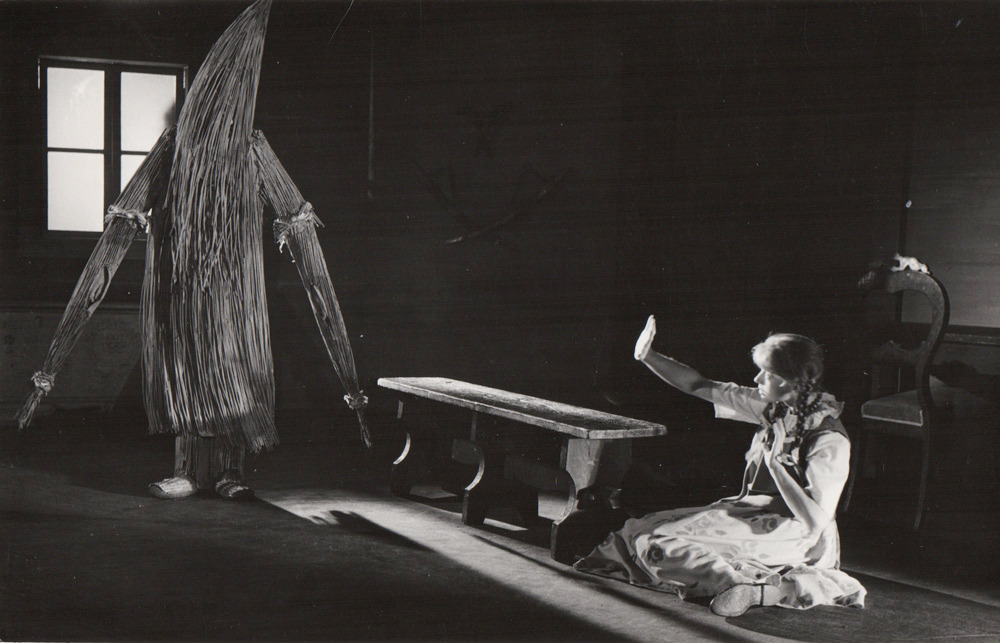

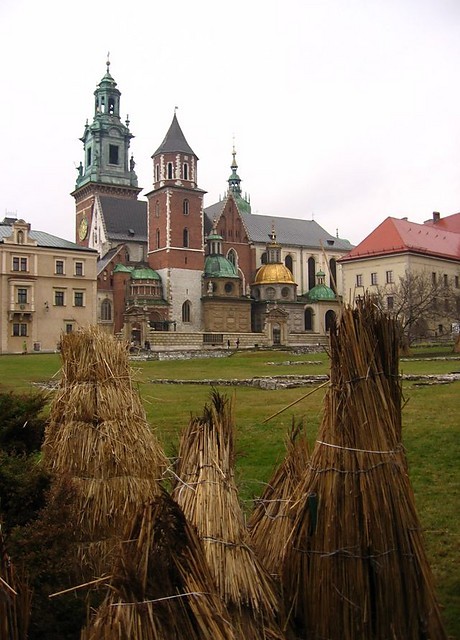

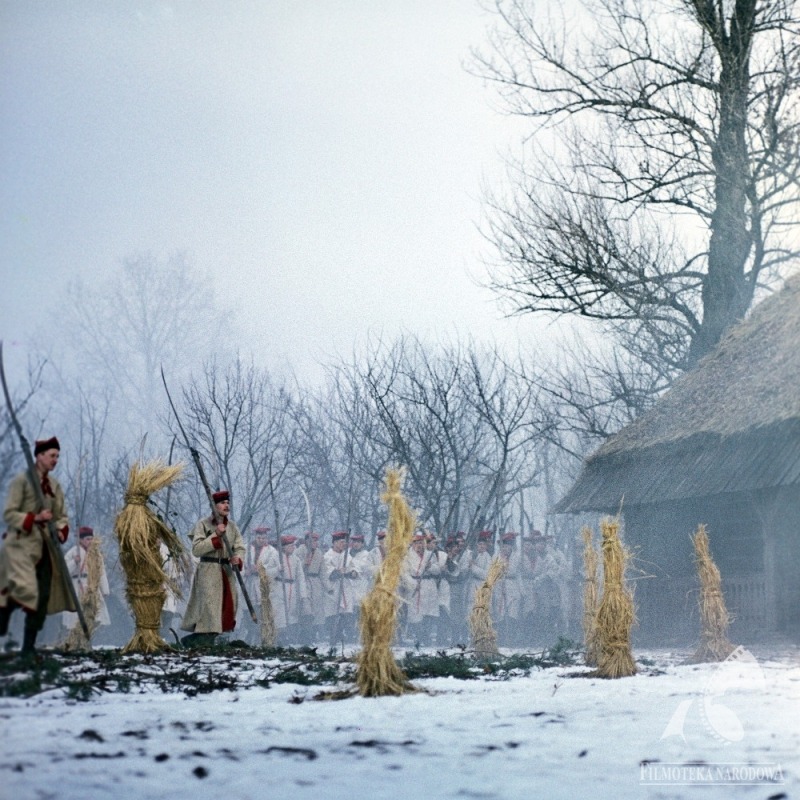
Chochoł (plural form: chochoły), roughly translated as “sheaf”, is a word describing the straw covering that had been prepared for the autumn and winter seasons in order to protect delicate shrubs (for example rose bushes). The word has also a deeper sense in Poland.
Chochoł, that used to be often formed by villagers into human shapes, was also an elemental spirit in Slavic folk demonology. It was seen as a spirit protecting the household, very caring but also jealous - malicious and mischievous if irritated. It is also connected to a belief that certain straw (self-collected) can be used as a protective magical barrier).
During the 19th century a ‘chochoł’ had also become an important symbol in the Polish arts and literature, later greatly popularized by the poet and painter Stanisław Wyspiański who put a Chochoł as a persona in his famous drama “Wesele” (“The Wedding”, written 1900/1901).
In the 19th century Poland was partitioned between Russian, Prussian (German) and Austrian Empires. As a symbol, chochoły covering the delicate shrubs were representing the Polish nation that had turned into lethargy after the missed opportunity to regain independence (particularly after failures of the Uprisings in 1830-1831 and 1863-1865).
Chochoły symbolized a sleep state of the minds, passivity, inability to act. The famous painting by Stanisław Wyspiański on the first picture above, showing dancing chochoły, is an allegorical dance of apathy - Poland struggling to unite mentally (problems with the authentic unity of the nobles with peasants).
Symbol of chochoły is still alive in the modern Poland, reminding about the importance of companionability and awareness.
On pictures:
![Nowogród, Poland: wooden dwór (manor house) in the skansen of the Kurpie ethnocultural region, postcard from 1970s [source].](https://64.media.tumblr.com/83fc43bfe242873f379b82113ad3ec44/tumblr_nces1wEFpY1tzeqovo1_1280.jpg)
Nowogród, Poland: wooden dwór (manor house) in the skansen of the Kurpie ethnocultural region, postcard from 1970s [source].
![Preparing of a traditional fence in the skansen (folk museum) of the Radom region, Poland [source].](https://64.media.tumblr.com/52a6f5c31ceaf778e081bf3e0f494c9e/tumblr_ndi3y5LfN31tzeqovo1_1280.jpg)
Preparing of a traditional fence in the skansen (folk museum) of the Radom region, Poland [source].
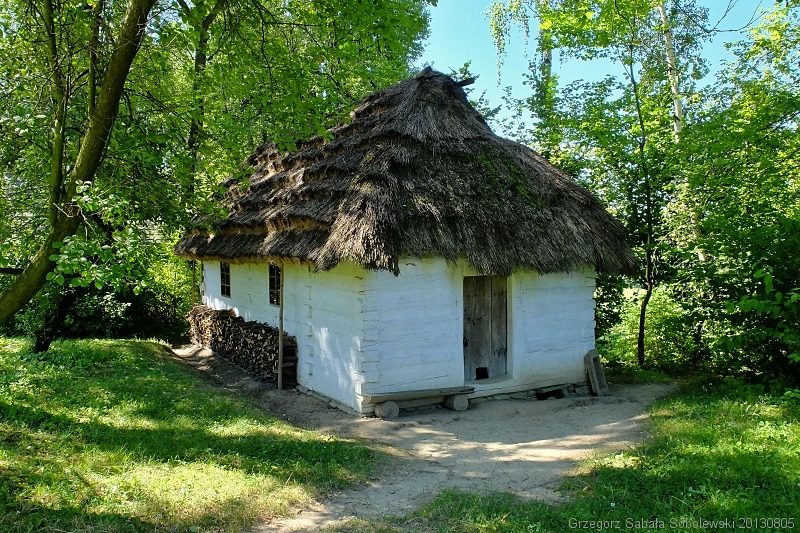
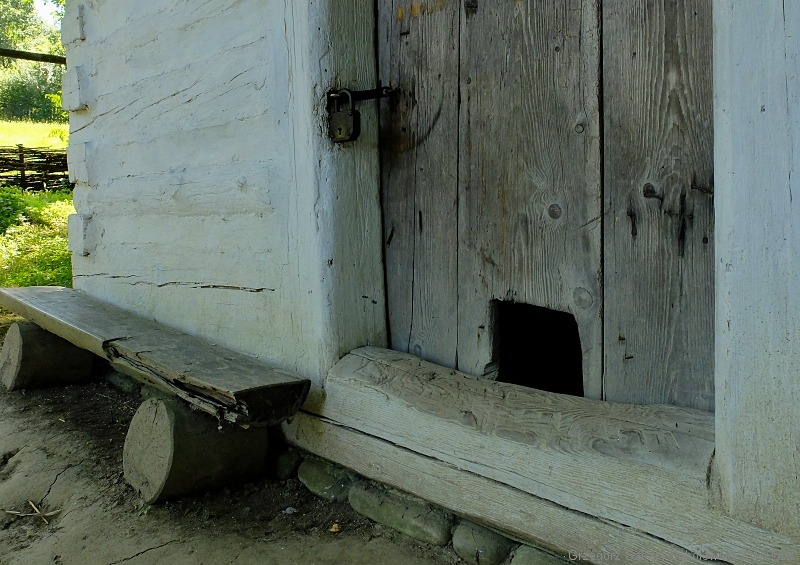
Old cottage from c. turn of 19th/20th centuries in the folk museum of Sądecczyzna (Sądecki region) in Nowy Sącz, Poland. The hole in the doors might have been an entrance for a cat or dog. Photo by Grzegorz Sabała.
![Costume of the 17th-century Polish nobility (szlachta), illustration from “Costumes historiques, de la ville ou de théâtre et travestissements" by Achille Devéria [source].](https://64.media.tumblr.com/7f716169ccdf9dc70488dbba015ffb99/tumblr_ncxcgvf2Ru1tzeqovo1_640.jpg)
Costume of the 17th-century Polish nobility (szlachta), illustration from “Costumes historiques, de la ville ou de théâtre et travestissements" by Achille Devéria [source].
![Interior of the Cathedral in Sandomierz, Poland [source].](https://64.media.tumblr.com/f1e233849393e2abb6d410af51463104/tumblr_ndatddVVHf1tzeqovo1_1280.jpg)
Interior of the Cathedral in Sandomierz, Poland [source].
![Cathedral in Sandomierz, Poland [source].](https://64.media.tumblr.com/c73ad550c6848de7bcade21dfcf767e2/tumblr_ndat4fcgI91tzeqovo1_1280.jpg)
Cathedral in Sandomierz, Poland [source].
![Church of St. Adalbert in Poznań, Poland [source].](https://64.media.tumblr.com/0dfc5d8f828cc384e9925f94753fd1a5/tumblr_ndaszob5xr1tzeqovo1_r1_1280.jpg)
Church of St. Adalbert in Poznań, Poland [source].


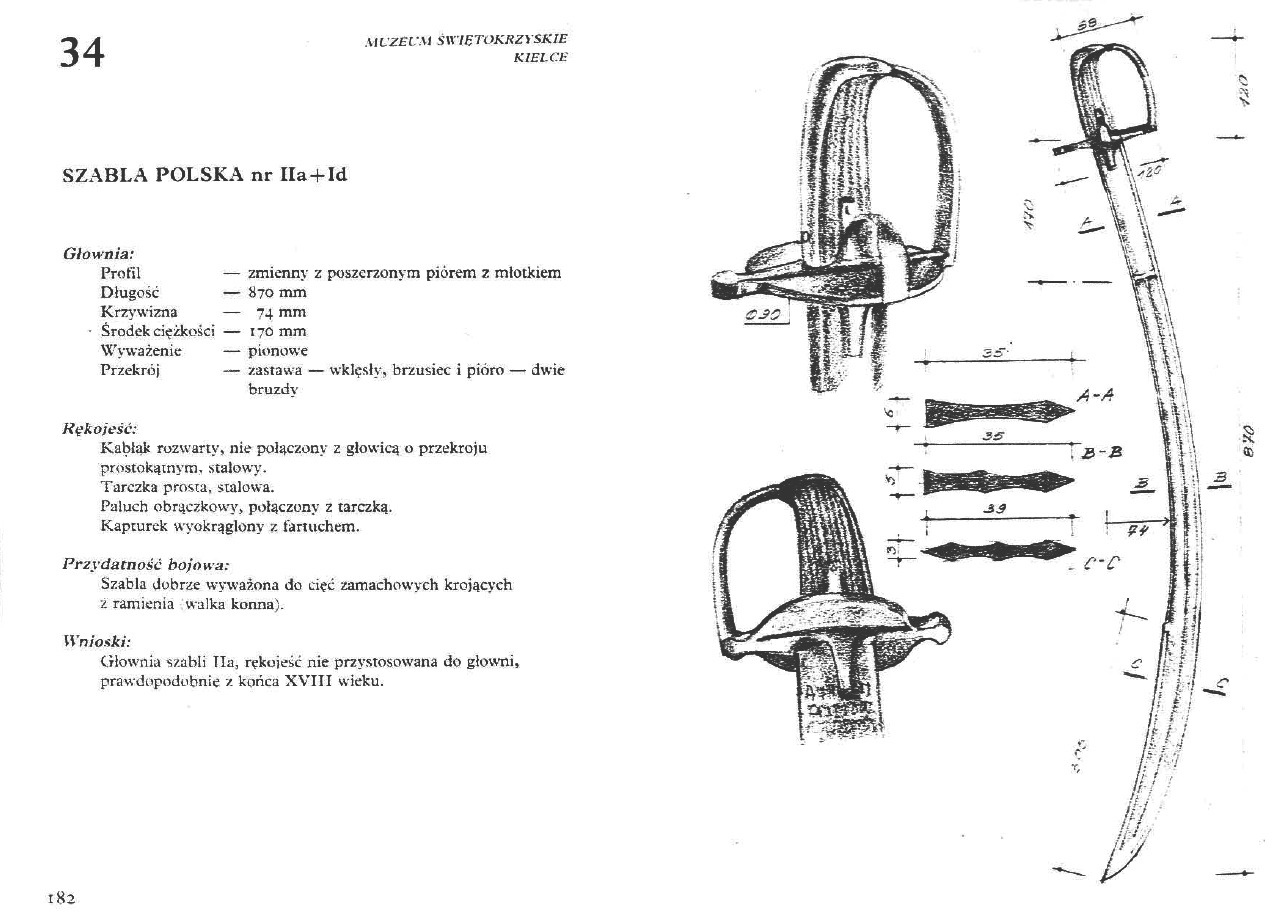



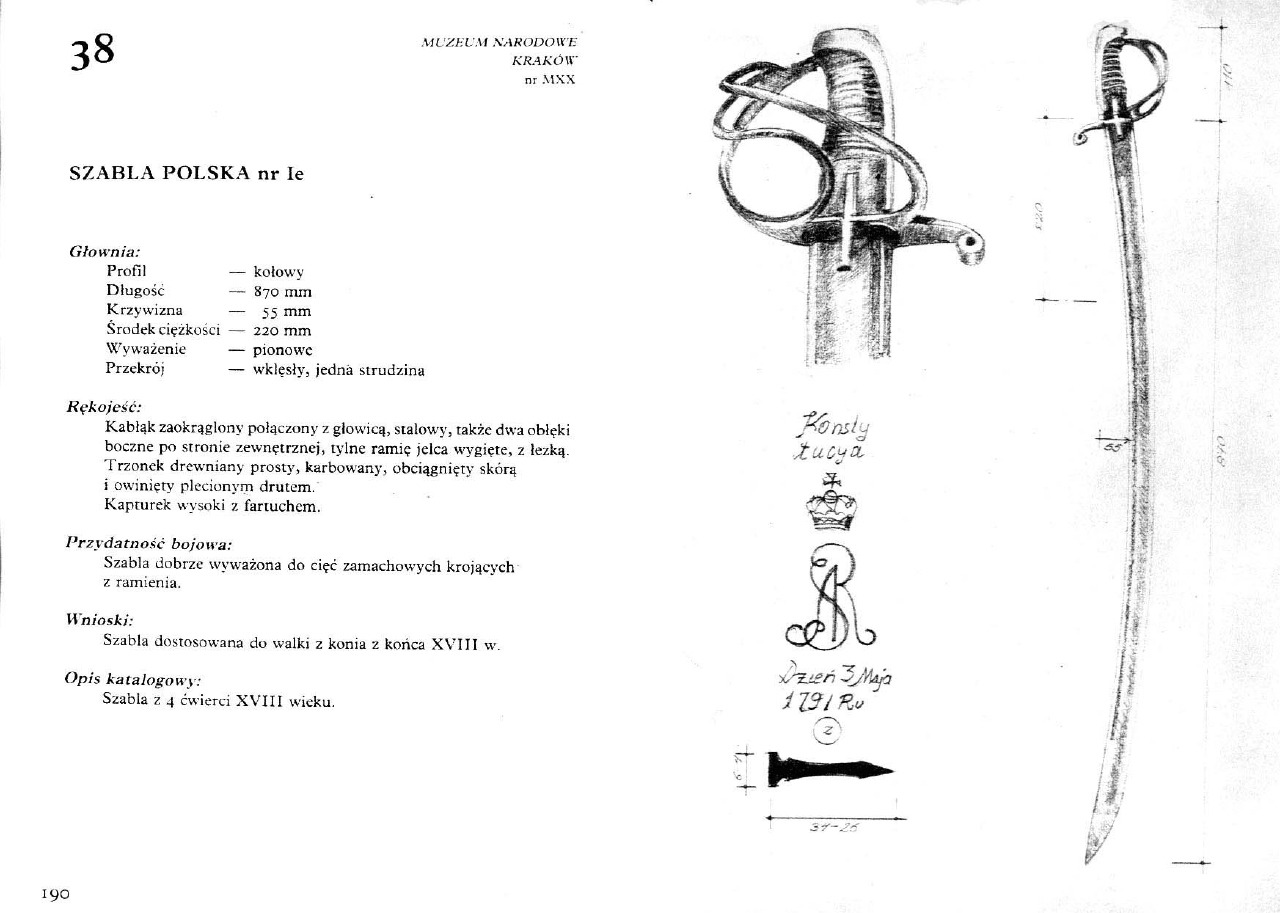
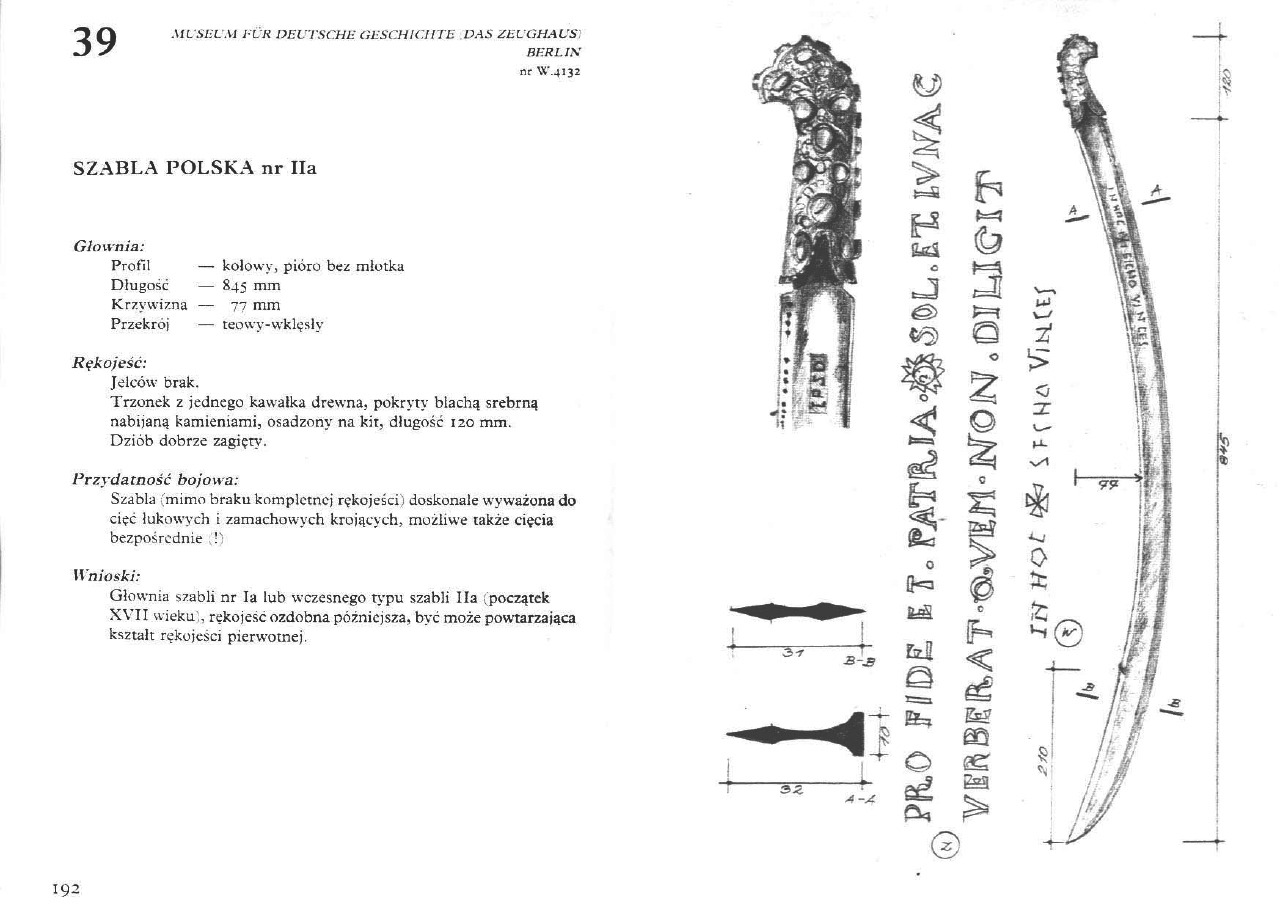


Types of Polish war sabres (szable, singular: szabla) from the 16th to the 18th centuries. Source: Wojciech Zabłocki “Cięcia prawdziwą szablą”, 1989. Part 4/7 - types Id, Ie and IIa.